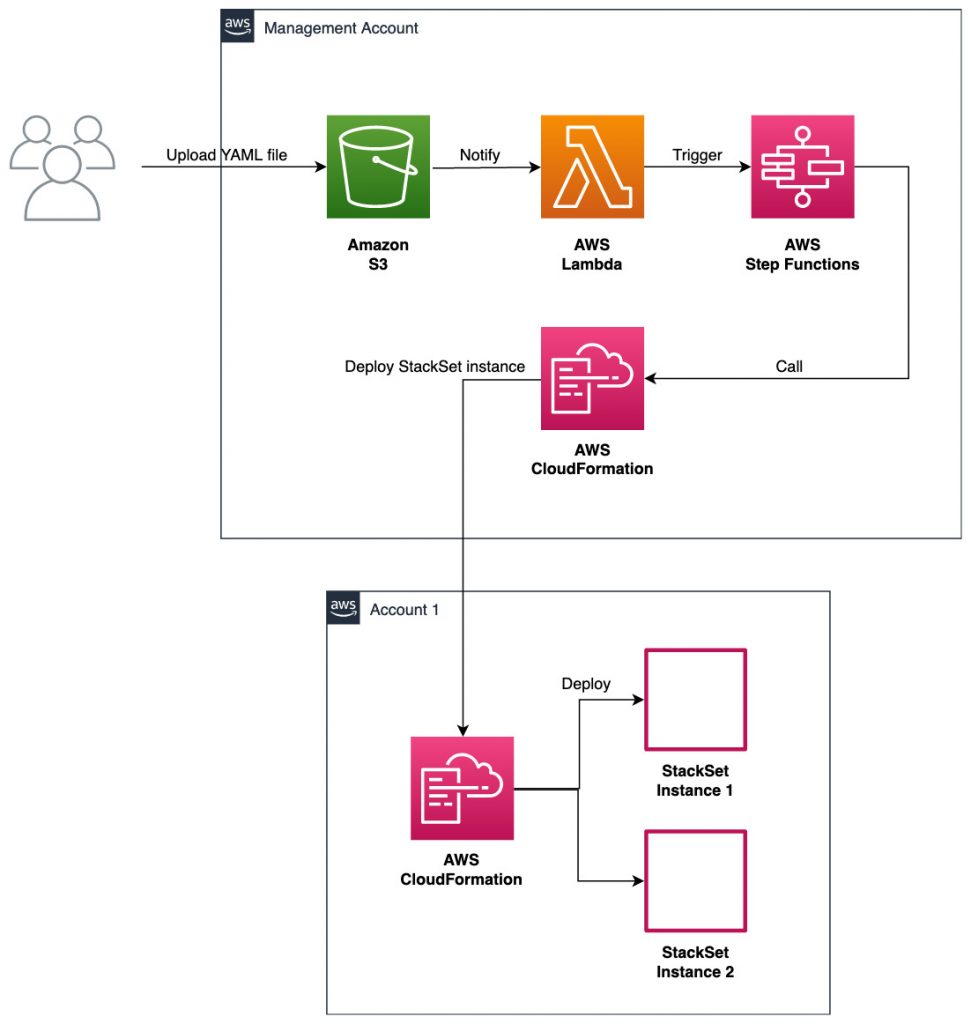AWS Cloud Operations Blog
Category: Integration & Automation
Resizing volumes and instances using ServiceNow and AWS
The AWS Service Management Connector for ServiceNow enables ServiceNow end users to provision, manage, and operate AWS resources natively through ServiceNow. This lets our customers connect a technical operation with a business workflow, perhaps requiring approvals from management or other teams. The key in all of this is empowering and enabling end-users, thereby removing manual […]
DevOps automation for backup compliance in AWS using AWS Backup Audit Manager
Backup compliance in AWS includes defining and enforcing backup policies to encrypt your backups, protect them from manual deletion, prevent changes to your backup lifecycle settings, and audit and report on backup activity from a centralized console. AWS Backup Audit Manager, a feature within the AWS Backup service, provides built-in compliance controls for these areas. […]
Share reusable infrastructure as code by using AWS CloudFormation modules and StackSets
It is common for customers to have multiple teams creating infrastructure as code (IaC) templates (for example, by using AWS CloudFormation). Because there is duplication of the common resources used in these templates, you might understandably feel like you’re reinventing the wheel. By sharing these common definitions as CloudFormation modules, you can provide access to […]
Field Notes: Cross-account deployments in an AWS Control Tower environment
AWS Control Tower helps customers put an orchestration layer on top of a multi-account strategy. When customers build applications, they often use separate accounts as part of a deployment pipeline so that they can validate changes before production. This best practice helps reduce blast radius should there be any issues with newer iterations. With AWS […]
Integrate across the Three Lines Model (Part 1): Build a custom automation of AWS Audit Manager with AWS Security Hub
The Three Lines Model developed by the Institute of Internal Auditors (IIA) helps organizations identify structures and processes to facilitate strong governance and risk management. In that model, the first-line function manages risk, the second-line function oversees risk and the third-line function provides objective and independent assurance of risk management. According to a Deloitte analysis […]
Standardizing Database Migrations with AWS Database Migration Service and AWS Service Catalog
Companies and organizations are moving data and technology infrastructure to AWS to modernize their applications and gain access to cloud services. The move results in lower costs, increased productivity, and reduced downtime. Some customers are migrating data to Amazon Simple Storage Service (Amazon S3) to take advantage of AWS AI and ML services, while others […]
DevSecOps for auto healing PCI DSS 3.2.1 violations in AWS using custom AWS Config conformance packs, AWS Systems Manager and AWS CodePipeline
If you migrate your workloads to the cloud to modernize your applications or secure infrastructure and operations, you’ll find these migrations are increasingly performed with a DevOps methodology that incorporates continuous development, integration, and testing. It is always a best practice to incorporate security as code in your DevOps workflows to uncover security issues when […]
Handling Region parity with infrastructure as code
AWS CloudFormation allows you to create and manage resources with templates. AWS provides a number of Regions where its services and features are available. Although it can be beneficial to deploy the same AWS CloudFormation template in multiple Regions, customers who operate in multiple Regions face challenges due to parity differences among services and their […]
AWS CloudFormation StackSet Orchestration: Automated deployment using AWS Step Functions
We often use AWS CloudFormation StackSets to automatically deploy infrastructure into many different accounts. Whether they are managed by AWS Control Tower or AWS Organizations, StackSets provide a simple and automated way to handle the creation of resources and infrastructure right after provisioning a new account. You can automatically deploy StackSets to accounts that belong […]
Automated configuration of Session Manager without an internet gateway
Session Manager is a fully managed AWS Systems Manager capability that you can use to manage your Amazon Elastic Compute Cloud (Amazon EC2) instances, on-premises instances, and virtual machines (VMs) through an interactive one-click browser-based shell or through the AWS CLI. Session Manager also provides secure and auditable instance management without the need to open […]








